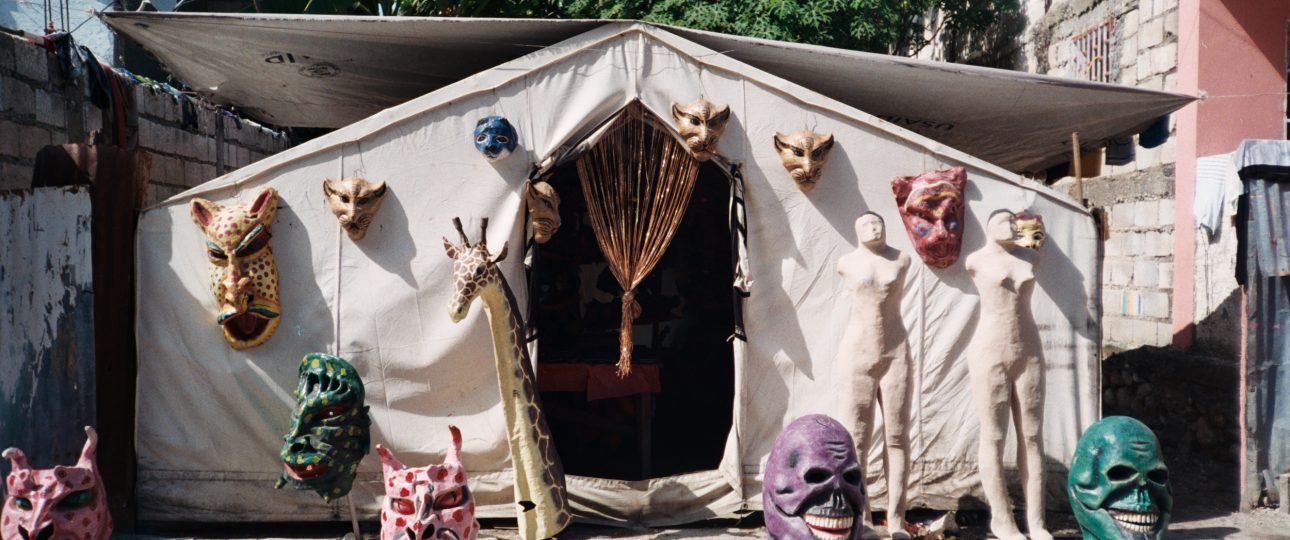Exploring Jacmel, Haiti: A Cultural and Artistic Journey
During my recent trip to Haiti, I had the pleasure of visiting Jacmel, a charming coastal town renowned for its vibrant arts scene and rich cultural heritage. Founded by the French in 1698, Jacmel is a town of about 40,000 residents, known for its stunning colonial architecture and beautiful beaches. Once a bustling hub for coffee and sugar production, today it stands as a testament to Haiti’s artistic spirit, especially during its lively Carnival season.
The Journey to Jacmel
The drive from Port-au-Prince to Jacmel takes about three hours, depending on traffic. The route offers a scenic journey through Haiti’s lush tropical landscapes, winding through mountains and rural villages before descending to the Caribbean coastline. It’s a drive that showcases the natural beauty of Haiti and sets the stage for the cultural richness of Jacmel.
Art and Culture in Jacmel
Jacmel is internationally recognized for its vibrant arts and crafts scene. The town is home to nearly 200 papier-mâché artisans, whose work is featured in Macy’s Heart of Haiti line—a program promoting sustainable income for Haitian artists. The town also boasts a renowned school of painting and a music and film school, making it a cultural hub in the region.
Although I missed the famous Jacmel Carnival, the town was still adorned with colorful papier-mâché art, hinting at the vibrancy of the celebrations. The creativity of the local artists is evident everywhere, from the murals that decorate the streets to the unique blend of traditional and contemporary art styles.
Historic Architecture
Jacmel’s architecture is another highlight, with many buildings dating back to the early 19th century. The town’s historic district, reminiscent of New Orleans with its French colonial buildings and wrought-iron balconies, has been largely restored following the devastating 2010 earthquake. This restoration effort has preserved the unique Creole architectural style that influenced the French Quarter in New Orleans.
Despite the challenges faced by the community, including the 2010 earthquake, the spirit of Jacmel remains resilient. The town’s historic center is on Haiti’s Tentative World Heritage List, reflecting its potential as a cultural tourism destination.
Local Experiences
During my visit, I explored the beaches on the outskirts of town and enjoyed a meal at the renowned Hotel Florita. The sultry February weather made the idea of a swim tempting, but the allure of Jacmel’s art scene kept me engaged. As I wandered through the town, I observed locals washing everything from laundry to vehicles in the river—a lively scene that added to the town’s charm.
Preservation and Revitalization Efforts
Jacmel has been the focus of significant preservation efforts. In 2012, the Haitian government declared it the “Year of Jacmel,” with plans to revitalize the city as a major cultural tourism destination. Initiatives have included the creation of pedestrian zones and the restoration of historic buildings, supported by international collaborations with organizations like Artists Institute and FOKAL.
One notable project is the restoration of Maison des Espirits, a historic voodoo temple that serves as a cultural and community hub. This project not only preserves the town’s architectural heritage but also provides training opportunities for local artisans.
Visiting Jacmel
The best time to visit Jacmel is during the dry season, from December to April, when the weather is ideal for exploring. The Carnival season in February offers a particularly vibrant experience, with music, dancing, and elaborate costumes filling the streets.
To reach Jacmel, you can fly into Toussaint Louverture International Airport in Port-au-Prince and then take a taxi or private transfer for the scenic drive to Jacmel. Once in town, getting around is easy with options like taxis, moto-taxis, and walking, especially in the compact art district.
Jacmel is a destination that captivates with its artistic flair and historical depth. Whether you’re an art enthusiast or a history buff, the town offers a unique glimpse into Haiti’s cultural tapestry, leaving you with memories of its vibrant community and enduring spirit.




